Stewart Ranch Services
Bowie, Texas
Sugar Land Road Building in Sugar Land TX
DESIGN YOUR DREAM
PROPERTY
LAND
ACREAGE
DEVELOPMENT SITE
POND
Sugar Land Road Building: The Process and Equipment Necessary for Construction in Texas
The evolution of road construction spans centuries, transitioning from rudimentary mud and brick surfaces to the contemporary use of advanced machinery. A journey through time reveals how roads have consistently served as vital connections between communities. Focusing on the present, we delve into the intricacies of Sugar Land road building, dissecting the techniques and indispensable equipment components essential for successful projects in locales like Sugar Land, Texas. The incorporation of materials such as stone or mud bricks emphasizes the project’s sustainability, adding a critical dimension to modern construction endeavors.
Key Takeaways
Table of Contents
The Evolution of Sugar Land Road Building
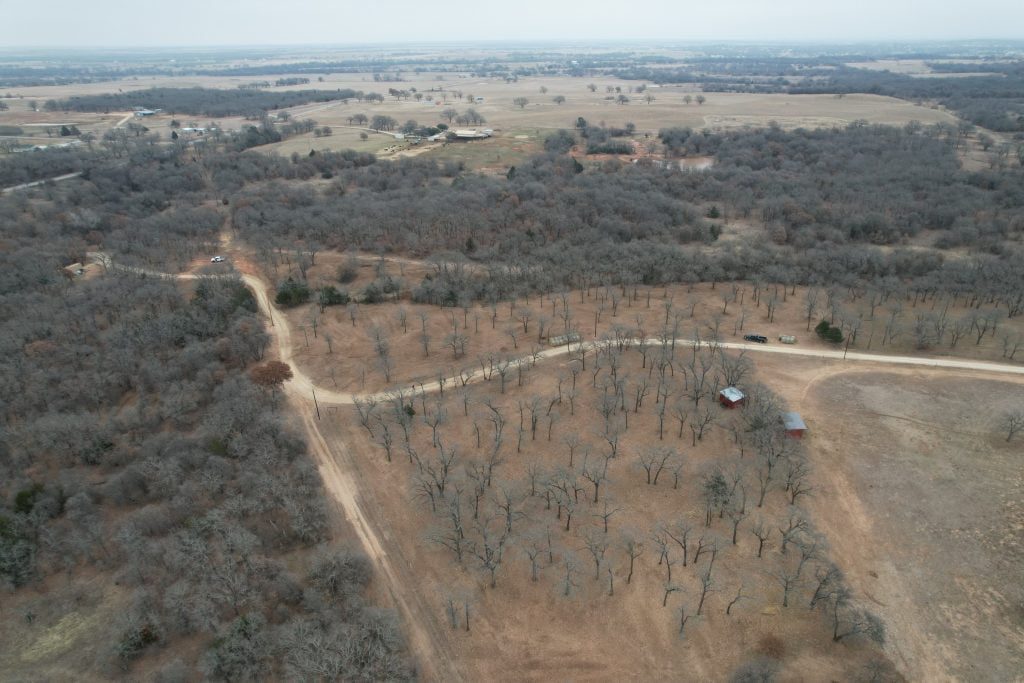
The journey of road construction unfolds as a vital chapter in human history, shaping the course of societal advancement. From basic building materials to the advanced technology of today, the methodologies for constructing roads have undergone significant transformations.
Urban streets and rural byways have become essential for commerce, leading to the adoption of fresh strategies and resources to cope with the increasing demand for convenience. This analysis traverses through the historical epochs, from ancient marketplace avenues to the present landscape of road building in Sugar Land, TX.
Ancient Roads
From ancient times, roads have been vital for fostering communication across regions, and their development has been constant.
In Mesopotamia, early roads ingeniously employed mud bricks with bitumen, boasting raised centers for efficient drainage and smoother travel. The dynamics of road construction underwent significant changes during World War II, aiming to enhance connectivity between urban areas, ranches, and farms through rapid transport systems.
This era marked the inception of a transformative journey for rural roads in the country. The implementation process extended beyond construction to include the meticulous maintenance of highways and additional features such as farm roads and ranch paths, with a keen focus on appropriate drainage system designs.
Modern Road Construction
Road building in Sugar Land, Texas has vastly improved due to advanced components and machinery. Such modern techniques employ a wide variety of supplies such as soil stabilizers, asphalt, concrete, dry lean concrete to other materials resulting in less expensive road maintenance costs with enhanced durability.
Asphalt consists mainly of 95% aggregate along with 5% binder while Concrete is composed primarily of water, sand, and cement combined with aggregates that the Texas Department of Transportation commonly uses for highways alongside major asphalt roads.
This depends on various factors including what purpose will be served by said roadway- traffic volume being among them and geographical conditions too.
Recent developments have enabled fast progress when it comes to constructing paths through devices like excavators, compact track loaders, or dump trucks, allowing more precision.
Not only those two but wheel loaders accompanied by dump trucks are often used, plus sophisticated paving equipment assisting greatly during farm/ranch roads, alongside urban ones, installation even if Texas requirements might differ because they place an emphasis on cost whilst factoring different kinds of elements into account.
Sugar Land Road Building - Essential Steps
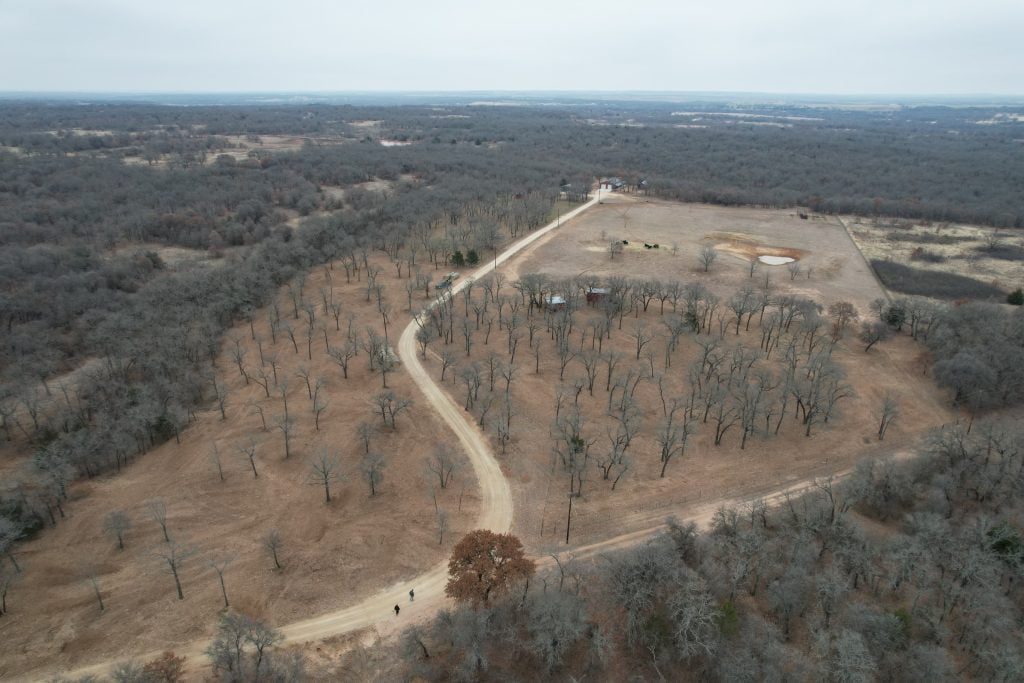
The intricate process of road construction demands careful consideration of various essential phases for a successful outcome. From the initial stages of design conception to execution, encompassing land clearing, earthworks, paving, and quality control, each step plays a pivotal role in ensuring the security and stability of the constructed roads.
Delving deeper into the process, meticulous planning precedes any project, involving detailed land clearing that may include trench digging, tree removal, and soil grading. Planning also involves a comprehensive analysis of costs, scheduling considerations, and logistics, ensuring the availability of the necessary equipment, skilled labor, and reliable subcontractors. Additional measures include the application of asphalt coverings to enhance durability, all under the watchful eye of stringent quality assurance protocols.
In Sugar Land, Texas, and neighboring areas, Stewart Ranch Services stands ready to provide a free quote, marking the starting point for the successful realization of your project.
Planning and Design
The initiation of road building in Sugar Land, TX involves a meticulous planning phase, a critical step in ensuring the success of the project. During this stage, vital elements such as existing and anticipated traffic patterns, detailed cost-analysis data, design sketches, and financial prerequisites are carefully scrutinized. Notably, the involvement of civil engineers and city planners is indispensable in initiating a comprehensive planning process before transferring the project responsibilities to the designated construction company.
In the landscape of road engineering projects, specific considerations come to the forefront, including the establishment of speed limits based on the expected types of vehicles utilizing the roads. Moreover, the process includes angle grading, meticulous assessments of potential view obstructions, and the determination of necessary braking distances. These considerations collectively strive to uphold safety standards tailored to the local community’s needs, ensuring a seamless driving experience while prioritizing the comfort of drivers.
Land Clearing and Site Preparation
In the context of road building in Sugar Land, Texas, effective land clearing and site preparation are paramount. This initial phase involves the removal of vegetation, trees, and various materials from the land before construction can commence. Grading and excavation play vital roles in creating a level ground surface, essential for proper drainage and preventing issues like potholes in completed roads on farms or ranches.
Land clearing is a crucial step in various construction projects, including buildings and roads. It encompasses tasks such as adding or removing rock, dirt, trees, soil, trenching, ground excavation, embankment construction, and filling placement.
The use of advanced equipment, such as farm machinery, mini-excavators, and compact track loaders, expedites the land-clearing process and ensures precision in height measurements during grading stages. This precision is essential for shaping road locations efficiently.
Additionally, the installation of culverts is imperative to address potential flooding and maintain uninterrupted productivity. These measures contribute to the establishment of high-quality access routes, seamlessly connecting markets to local farmers’ lands.
The integration of advanced tools forms the basis of an effective foundation-laying system for projects in rural areas, enabling safe car travel without encountering disruptions caused by rainwater pools or inadequate underlying structures.
The application of paint on pavement and road markings
At the core of highway safety and efficiency lies the meticulous application of pavement markings, clearly indicating directions and lanes.
Tips for pavement and road marking:
Road marking regulations:
Adhering to the unique road marking regulations of each country is imperative for those involved in extensive road marking projects. The ability to paint various lines and symbols in accordance with these standards is crucial. Utilizing a multi-gun, multi-color setup, particularly a striper with automatic gun control, simplifies the process of creating precise broken lines.
Curb Marking:
Addressing the challenges of curb marking is a common hurdle in pavement marking projects. The 90° angle of curbs requires a specialized gun configuration for effective spraying, overcoming this frequent obstacle.
Reflective road marking:
Reflective road marking introduces an additional layer of complexity, demanding a special material with glass microspheres. The application of these microspheres requires specific equipment, such as the Graco Linelazer HP reflective series, equipped with a pressurized bead reservoir. This advanced system features an adjustable nozzle for precise control over the width of the microsphere dispersion, ensuring heightened accuracy.
Sugar Land Road Building - Farm to Market and Ranch Roads
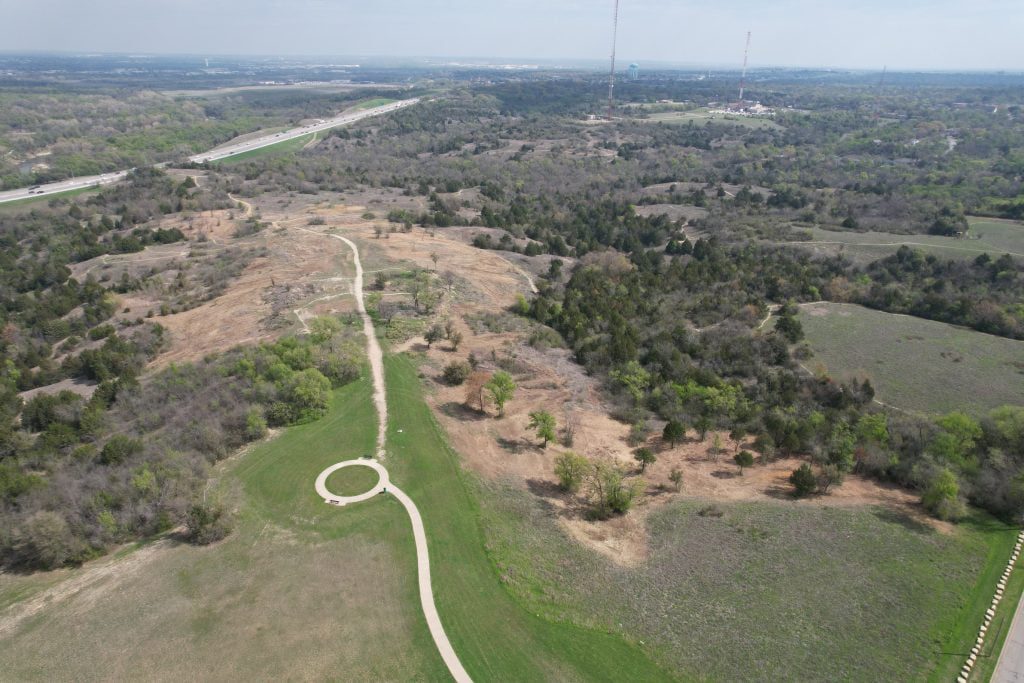
The unique purpose of farm roads lies in connecting rural areas to urban centers and facilitating the transportation of people and goods. However, constructing these roads is a complex task that demands attention to both safety and durability.
The process commences with a thorough assessment of the terrain to design an optimal route, followed by obtaining the necessary permits from authorities. Land clearing and soil preparation precede the actual construction, setting the stage for a robust road network.
Grading and paving are pivotal stages, with the choice between asphalt and concrete depending on specific project needs. Integrating drainage systems, constructing switchbacks, and erecting walls in hilly terrains are essential elements of the road-building process. Each step is integral to the creation of secure and functional routes that align with local agricultural requirements, including those of ranches.
Routine maintenance inspections are crucial for ongoing functionality, focusing on preserving the road’s optimal condition. Installing signage and features like gutter curbs plays a vital role in water control, particularly during periods of heavy traffic, preventing potential flooding.
Sugar Land Road Building - Sustainable Practices
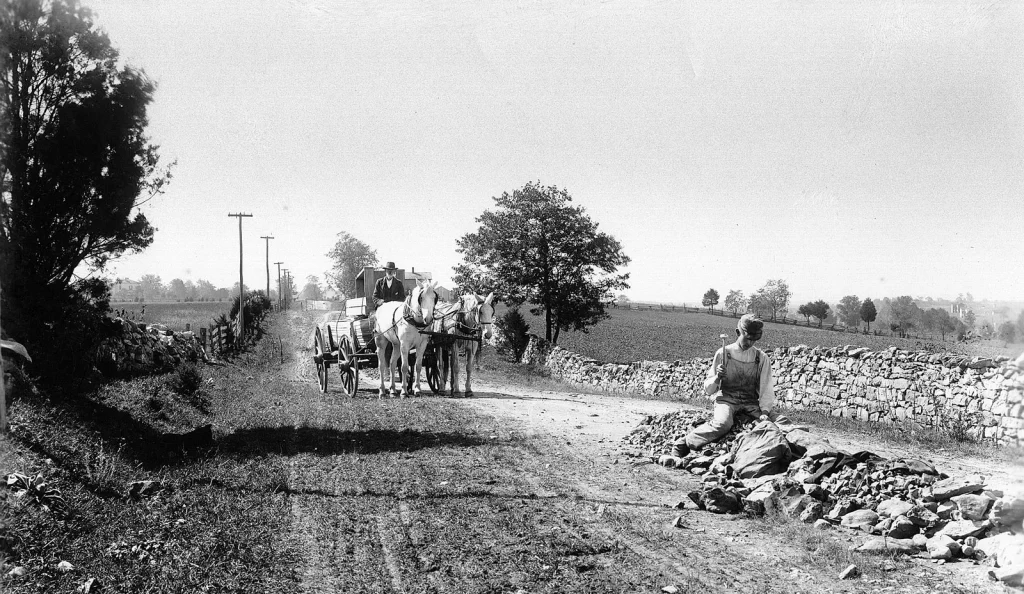
Addressing environmental concerns, road building in Sugar Land, TX necessitates the adoption of sustainable practices to mitigate its impact. Prioritizing materials with a reduced environmental footprint that can decompose in an eco-friendly manner during production is crucial.
Opting for recycled asphalt and concrete over new materials, and designing durable products for extended longevity, presents a viable solution. This not only diminishes the quantity of materials used but also results in substantial reductions in maintenance costs. Incorporating these practices into ongoing road construction processes is instrumental in laying the groundwork for more environmentally conscious alternatives in the future.
Case Study: Successful Road Construction Project in Texas
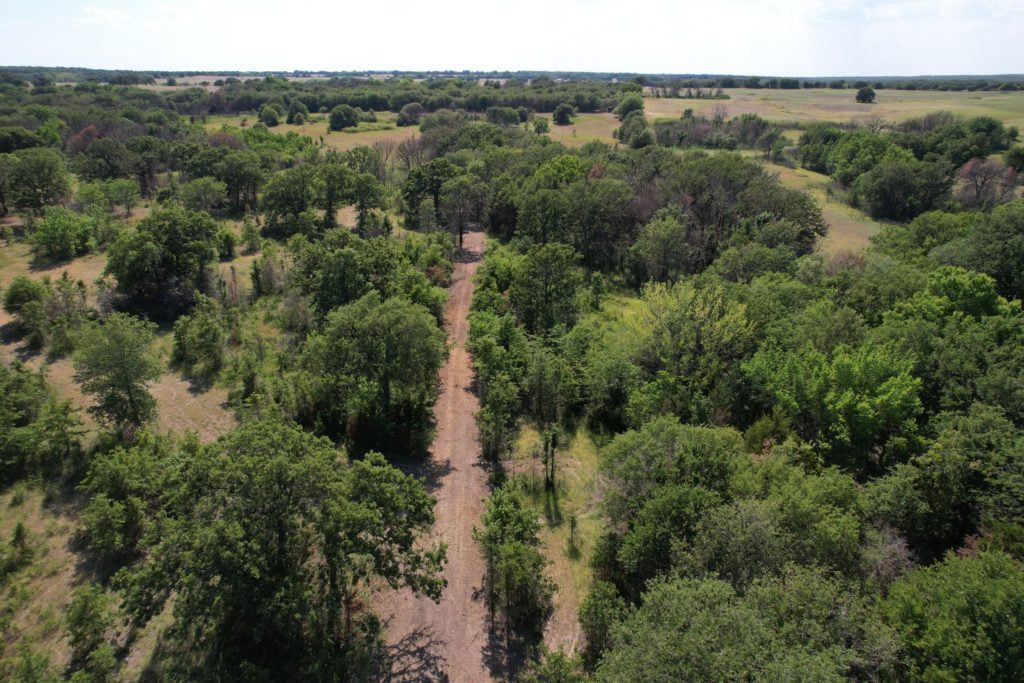
El Paso’s I-10 reconstruction and expansion endeavor stands as a testament to the effective management of road construction complexities, akin to projects in Sugar Land and San Antonio.
The success of this project hinged on meticulous preparation for budgeting and adherence to strict timelines. A key contributor was the involvement of experienced personnel dedicated to continuous training and unwavering adherence to safety protocols. Equally crucial was the utilization of cutting-edge machinery, ensuring precision and expediting the overall project timeline.
This case study emphasizes the value of incorporating advanced techniques in roadwork, highlighting positive outcomes resulting from intentional planning, skilled labor, and the application of state-of-the-art equipment within the unique context of highway construction in Texas.
Summary
The evolution of road construction from mud bricks and stone in ancient civilizations to the use of advanced materials, equipment, and machinery today is noteworthy. Careful planning along with proper site preparation are key components for a successful project outcome.
In Sugar Land, Road building has become increasingly important as our world continues its interconnectedness. Creating safe, resilient roads that will last generations must be prioritized by implementing suitable practices during every step of construction including sourcing appropriate supplies such as mud or any other material required.
Frequently Asked Questions
What is the meaning of road building?
The process of road construction commonly employs materials like asphalt and concrete, sourced from mining locations that transport gravel to various plants for production. These resources are vital in Sugar Land road-building initiatives.
How do you build a road?
Sugar Land road-building involves a meticulous process to guarantee longevity.
- Subgrade: Clearing the land, grading, and subgrade work are initial steps to establish a solid foundation. Subgrade work includes removing existing grass and topsoil for a comprehensive road-building approach.
- Material types: Utilizing materials like road base, crushed concrete, screened gravel, and asphalt millings are crucial for constructing resilient roads.
At Stewart Ranch Services, we specialize in Sugar Land Road Building projects, providing expertise from land preparation to the final surface course, ensuring a durable and reliable road network.
